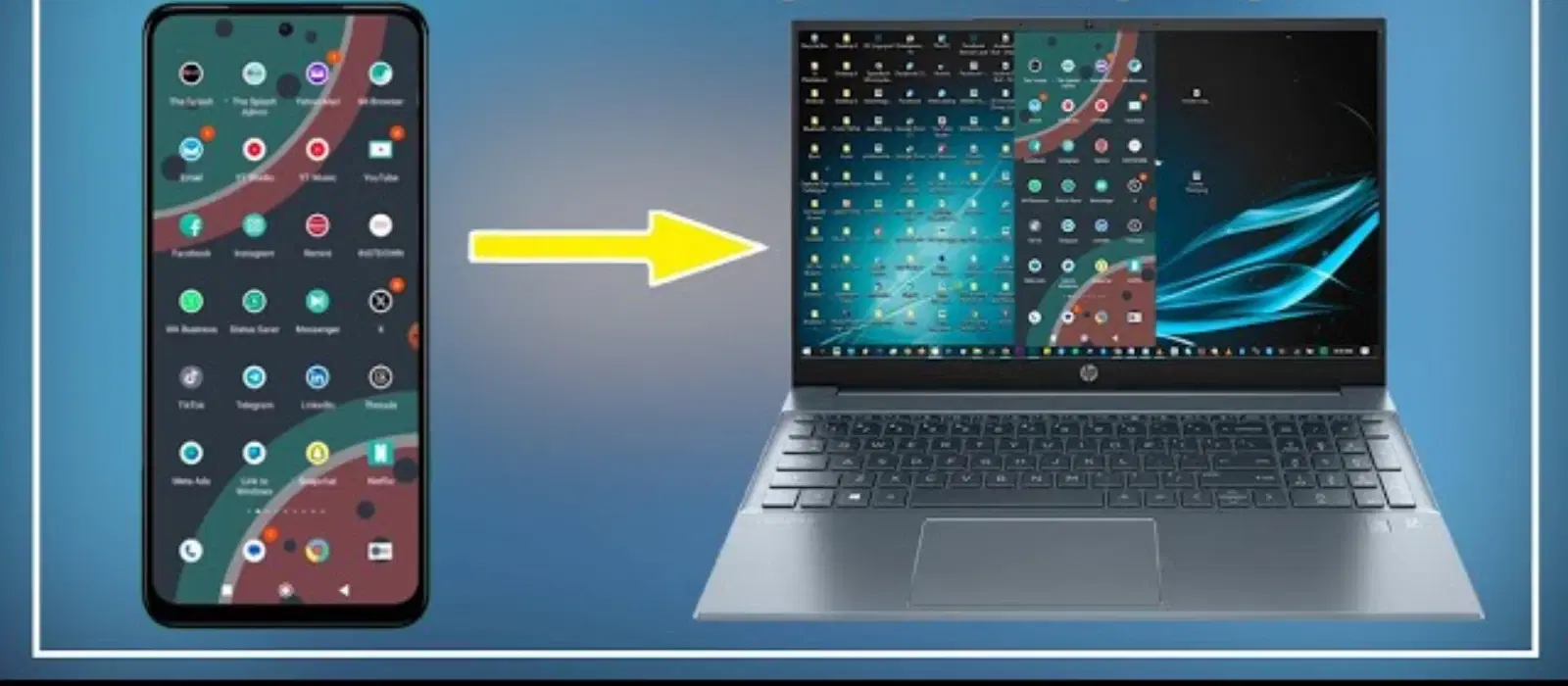
Consumer Electronics
•04 min read
Ever struggled to transfer files between your Android device and Mac seamlessly? You're not alone! Sharing files from Android to Mac can sometimes be challenging due to compatibility differences, but with the right checklist, you can make the process smooth and efficient. In this guide, we'll walk you through a step-by-step checklist that covers everything from preparing your devices to selecting the ideal method, whether wired or wireless.
Before starting your file sharing journey, ensure that your Android device and Mac are compatible. Check that your Mac's macOS version supports the file transfer tools you intend to use and verify your Android OS requirements. This initial step helps in avoiding common hiccups during the process.
For a seamless Android to Mac file sharing experience, have the following items on hand:
USB cables for wired transfers
Apps such as solutions for file sharing apps for Android and Mac like MacDroid or AirDroid for wireless transfers
Cloud storage accounts like Google Drive or Dropbox to sync Android files with Mac effortlessly
Make sure to enable USB debugging mode on your Android device and grant the necessary permissions on your Mac for file transfer applications. These settings are key to allowing a smooth connection and interaction between the two devices.
One simple method to transfer files from Android to Mac is by using the Android File Transfer tool. This method involves:
Downloading and installing the tool on your Mac
Connecting your Android device via USB cable
Navigating through your device files and selecting the items you wish to share
If you encounter issues such as the tool not responding, ensure that your software is up to date and try reconnecting your device.
For those looking for additional wired methods, consider using MacDroid. With MacDroid, the file sharing process is enhanced with greater stability and ease of use. You might also want to transfer files via an SD card for scenarios involving large files. Simply move your files to the SD card, use a card reader, and then transfer them to your Mac.
Bluetooth file transfer is a reliable option for sending files to Mac from Android. Pair your devices via Bluetooth and initiate the transfer. However, keep in mind that Bluetooth file transfer has limitations regarding speed and file size. This method is best suited for smaller files.
Cloud storage services such as Google Drive, Dropbox, and OneDrive offer a simple way to share data between Android and Mac. Upload your files to the cloud from your Android device, and then access and download them on your Mac. Organising your files in the cloud can make future transfers quicker and more efficient.
Apps like AirDroid and Snapdrop provide a wireless file transfer Android to Mac experience with minimal setup. These apps simplify the process by creating a secure connection over your local network. Follow the in-app instructions to transfer your files with ease.
Pro Tip: Choose the Right Method Based on File Size and Frequency
For small, occasional transfers, Bluetooth or cloud storage works well. For frequent or large file transfers, opt for wired methods like MacDroid or OpenMTP to save time and ensure reliability.
If you're comfortable with more advanced methods, setting up an FTP server can be a powerful way to send files to your Mac from Android. FTP servers allow for custom configurations, making them suitable for users who require flexible file transfer options. Beginners should start with basic FTP tools to ease into the process.
OpenMTP offers an effective solution for transferring massive files. Its ability to handle large batches of data makes it a valuable tool when you need to sync Android files with Mac. Installation and usage are straightforward, ensuring that your files are transferred quickly and securely.
For users who frequently work with updated files, synchronisation tools are key. Apps and cloud storage services can help automatically update your photos, videos, and documents across devices. This service is especially useful for maintaining consistency between your Android and Mac files.
If you find that the Android File Transfer tool is not working on your Mac, consider checking for outdated software, compatibility issues, or missing permissions. Step-by-step, update your devices and verify that USB debugging is enabled on your Android device.
Sometimes, issues with wired and wireless connections may hinder your file sharing process. Simple fixes include remaking a USB connection, restarting your devices, and verifying that both devices remain on the same network for wireless transfers.
Errors in file sharing apps like AirDroid can often be resolved by ensuring the app is updated to its latest version. Always check the support section within the app for troubleshooting tips and further guidance.
Use apps like AirDroid or cloud storage solutions such as Google Drive to transfer files wirelessly.
This issue may occur due to outdated software, incompatible macOS versions, or USB connection problems. Make sure all software is updated and USB debugging is enabled on your Android device.
MacDroid and AirDroid offer dependable and user-friendly options for file sharing between your devices.
Yes, pairing your Android device with your Mac via Bluetooth is possible, though it is slower and best suited for smaller files.
Use synchronisation tools like Google Drive or Dropbox to keep your files updated across your devices.
Sharing files between Android and Mac can be both simple and efficient when you select the right method based on your needs. By following this checklist, you can enjoy a hassle-free experience, tinkering with wired or wireless options with confidence. The convenience provided by platforms like Tata Neu allows you to enjoy seamless tech experiences, much like the smart shopping choices made by customers who earn NeuCoins rewards every time they transact. Embrace these innovative solutions and enhance your productivity through smarter file sharing.